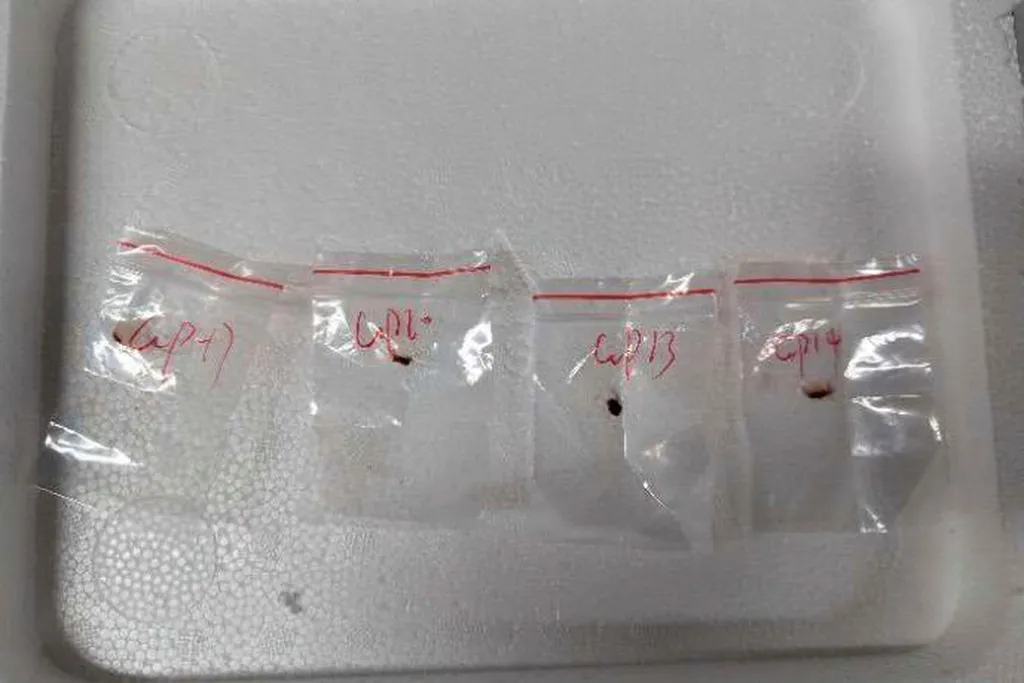In the relentless battle against crop diseases, scientists have made a significant stride in understanding the mechanisms behind one of the most devastating wheat pathogens. Researchers led by Xi Liu from the MARA Key Laboratory of Sustainable Crop Production in the Middle Reaches of the Yangtze River at Yangtze University have identified a crucial transporter protein in Fusarium graminearum, the fungus responsible for Fusarium head blight (FHB). This discovery, published in the journal *Phytopathology Research* (translated as Plant Disease Research), could pave the way for innovative strategies to combat this global threat to food security.
Fusarium head blight is a serious concern for wheat farmers worldwide, causing substantial yield losses and contaminating grains with harmful mycotoxins. The study focuses on a critical component of the fungal cell wall, galactofuranose (Galf), which is essential for the fungus’s cellular integrity, virulence, and ability to withstand environmental stresses. “Understanding how Galf is transported within the fungus is key to disrupting its ability to cause disease,” explains Liu.
The research team identified and characterized a protein called FgUgtD, which acts as a transporter for UDP-galactofuranose, the activated form of Galf. This transporter is crucial for moving UDP-Galf from the cytoplasm to the Golgi apparatus, where it is needed for cell wall synthesis. By deleting the gene encoding FgUgtD, the researchers observed severe defects in the fungus’s ability to grow, reproduce, and cause disease. “The disruption of FgUgtD led to a dramatic reduction in virulence, with over an 80% decrease in the fungus’s ability to infect wheat and maize,” notes Liu.
The implications of this research are far-reaching. Since plants and animals do not produce UDP-Galf, targeting the FgUgtD transporter could lead to the development of highly specific antifungal agents that do not harm the host organism. This could revolutionize disease management in agriculture, offering a more sustainable and targeted approach to controlling FHB.
The study also highlights the importance of understanding the fundamental biology of plant pathogens. “By uncovering the molecular mechanisms that underpin fungal virulence, we can develop more effective strategies to protect our crops and ensure food security,” says Liu. This research not only advances our knowledge of Fusarium graminearum but also sets the stage for future innovations in agricultural biotechnology.
As the global population continues to grow, the demand for sustainable and efficient agricultural practices becomes increasingly urgent. This discovery offers a promising avenue for developing new antifungal treatments, potentially reducing the reliance on chemical fungicides and mitigating their environmental impact. The findings could also inspire further research into other fungal pathogens, leading to broader applications in crop protection and food safety.
In the quest for sustainable agriculture, every breakthrough brings us closer to a future where food security is not just a goal but a reality. The identification of FgUgtD as a key player in Fusarium graminearum’s virulence marks a significant step forward, offering hope for more effective and environmentally friendly solutions to one of agriculture’s most persistent challenges.

